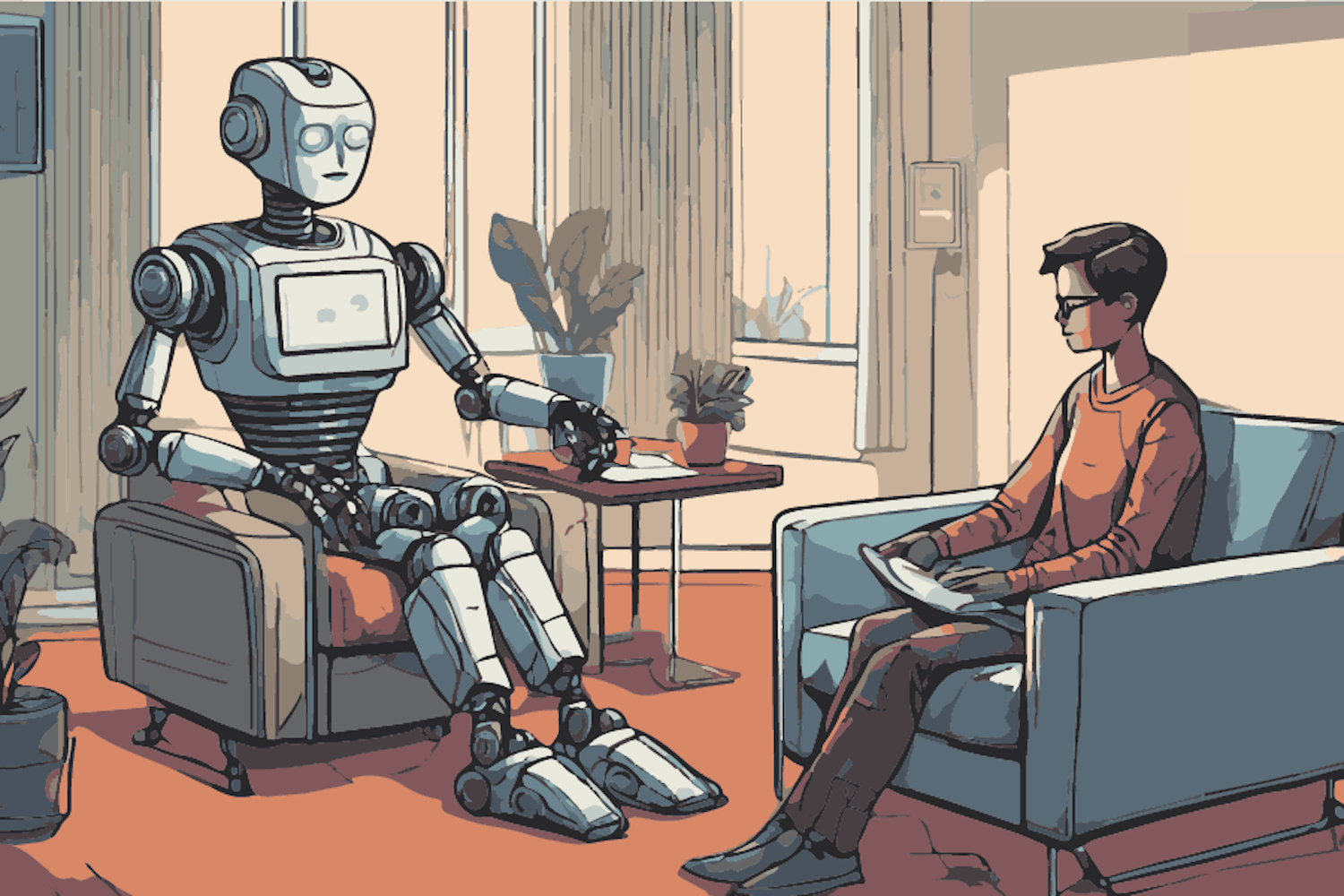Many people experience anxiety throughout their lifetimes, but for millions of Americans, this harmless reaction to stressful situations can develop into an actual disorder.
It is estimated that 18 percent of adults suffer from one type of anxiety disorder or another, which can range from post-traumatic stress disorder, phobias or the more common anxiety disorder.
For a part of my life, I suffered from a debilitating anxiety disorder that rendered me dysfunctional in daily life. Incessant worrying, irrational thoughts and sleepless nights plagued me for months at a time.
For those who seek it, the prescribed treatment is often anti-depressants, which are not only used to treat depression, but many other illnesses, anxiety being one of them.
Anxiety disorders and anti-depressant use have skyrocketed in the U.S. in recent decades, easily making us the most medicated country on Earth. Of the 11 percent of the U.S. population ages 12 years old or older are on anti-depressants. Less than one-third have seen a mental health professional in the past year, according to a 2005-'08 study by the Center for Disease Control.
Americans are relying too heavily on anti-depressants to treat mental illness and they are being over-prescribed medication. The symptoms that come with an anxiety disorder are only masked by the medication. It is a quick fix to a problem that requires long-term understanding if it is to be overcome.
Not knowing how I had lost the ability to control my body was one of the most difficult parts of my ordeal with anxiety. It was sending me down a spiraling fit of panic attacks and increased mania. For many, no specific cause of the anxiety exists.
And like many others, physicians offered me anti-depressants as the only option.
Stubbornly, I refused. I conquered a crippling anxiety disorder without a single dose of pharmaceutical drugs. It was a process that required patience, understanding and a willingness to solve my problem instead of masking it with medication.
Of the many alternative treatments I tried, the most successful was biofeedback therapy. In essence, biofeedback therapy allows you to measure functions such as heart rate, muscle tension and skin perspiration in order to understand how your body reacts to physical situations.
Since anxiety is as much of a physical disorder as it is a mental one, I learned to control it by harnessing the functions mentioned above.
Lowering your heart rate, regulating your breathing and lessening muscle tension are all things that will thwart oncoming attacks. Over time, one can learn to eliminate anxiety altogether by taking control of how one’s body reacts to stressful situations.
For example, when a panic attack is imminent, the body naturally rushes blood to the internal organs as a way of protecting itself. It cannot distinguish real danger from perceived danger, so it thinks it needs the extra blood flow to avert a serious threat.
This is the reason for the clammy, cold hands that are typical of someone experiencing a panic attack. Keeping your hands warm is one easy way to offset an episode or prevent stress from becoming unbearable.
I encourage anyone with an anxiety disorder to overcome it without anti-depressants. They may be convenient, but you have the natural ability overcome your anxiety without them.
Contact the columnist at Damills3@asu.edu or on Twitter @Dan_iel_Mills



